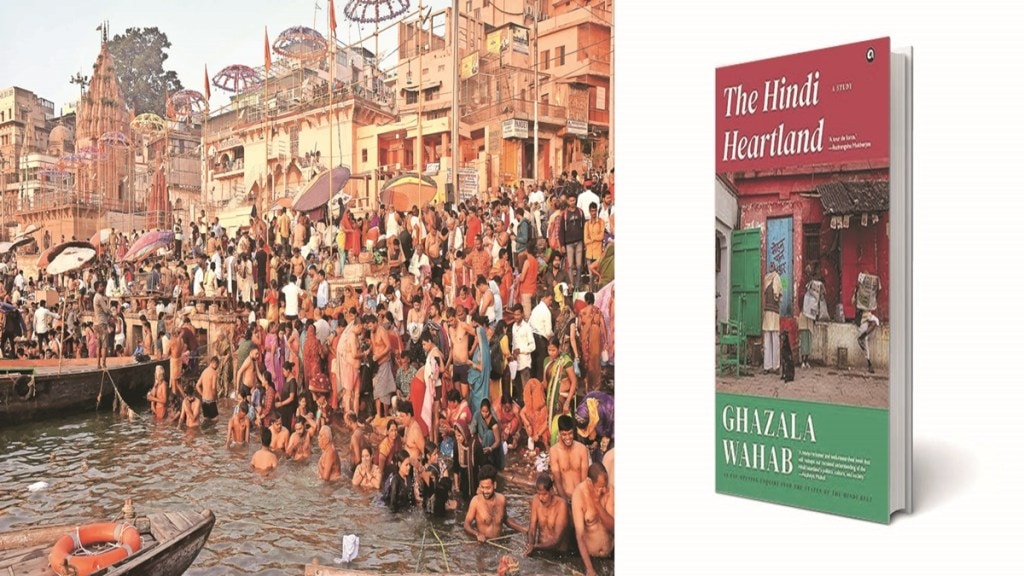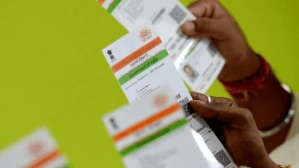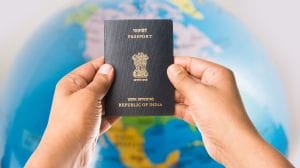By Amitabh Ranjan
Mohan Bhagwat, the RSS sarsanghchalak, said last month that the Sangh was part of only one temple movement (in Ayodhya) and that it would not support any more such movements now. In the same breath, though, he added that if swayamsevaks wanted to join any such campaigns, they would not be stopped. This was an allusion to the saffron parivar’s claim over the Shahi Edgah abutting Krishna Janmabhoomi temple in Mathura and the Gyanvapi mosque adjacent to Kashi Vishwanath temple in Varanasi. Not too long ago, Bhagwat had said: “…one should not look for a temple and a Shivalinga under every mosque.”
In his speech to mark the centenary year of the organisation, he also clarified about a ‘Hindu Rashtra’ that is not quite the same as a Hindu nation. He said this ‘Hindu Rashtra’ had nothing to do with power, excluded none and ensured justice for all without any discrimination. He also argued against the caste system that is widely practised even today.
The RSS paradox
This doublespeak is an RSS trademark. During the past 100 years of its existence, the organisation has never felt shy of hobnobbing with any political or ideological denomination if it took the outfit close to power, be it the Congress leadership, the colonisers, the socialists and now the BJP. And all this for creating their version of Hinduism, in substantial measure a manufactured one, to define this ancient land.
Interestingly, an organisation whose leadership has drawn predominantly from Maharashtrian Brahmins finds in the (so called) Hindi belt its most well-equipped laboratory—with an ample supply of communalism, caste inequalities, penury—to practise alchemy, literally, to achieve a cultural monochrome replacing immensely diverse legacies.
The Hindi heartland under scrutiny
Ghazala Wahab’s latest, The Hindi Heartland: A Study, goes down history lanes to unravel many anomalies, machinations, forked tongues, et al, to understand why and how a contiguous geographical piece of land comprising 38% of the total area and 40% of the population decides what happens, or what should happen, to India. In her sweep she picks up many a strand of historical, cultural and linguistic evolution to understand the paradox that to her is the Hindi heartland, an area she identifies with seven states—Rajasthan, Madhya Pradesh, Chhattisgarh, Uttar Pradesh, Uttarakhand, Bihar and Jharkhand. Her starting point is shattering the myth of a uniform identity that has been created around this part of the country, be it geography, language, culture or occupations.
A feted journalist-author, Wahab then handholds you through layers of history of the region—its wars, religious reform movements, its shrines and saints, social and religious unrest, political consolidation and, to force an oxymoron, divisiveness superimposed on syncretism—to present a word picture of paradoxes, misconceptions, tailored realities that now define a region that has punched much above its weight through the centuries gone by.
Divided into five well delineated sections that run into chapters, the author’s take on empire building efforts since the days of the Delhi Sultanate, an effort to carve a linguistic uniformity when none actually existed, colonial oversimplification of the Indian society with the twin purposes of administrative ease and economic exploitation, realpolitik deciding which way the country will go, the mainstreaming of the saffron fringe and the socialist movement that somewhere jettisoned its secular credentials are particularly unraveling. Many a myth around events and individuals is shattered in the process.
Wahab’s language, marrying journalistic rigour with academic flair, is a joy all through. Her effort to remain dispassionate is admirable. She hardly ever succumbs to the lure of personal opinion and if ever that happens, it is anchored in facts, records, interviews and a credible historiography. The range of historians and experts whose views she weaves into her narrative is impressive.
An incredible account of putting the heartland between the covers is something which was overdue, particularly in these fraught moments that in course of time will pass into history.
Discrediting the historical imagination of India as fake, an ideological juggernaut demands new terms of engagements between communities, and while efforts are on to bring caste and tribal affiliations under an umbrella where they would stand at the fringe anyway, the focus is on “othering the historical challenger”—the Muslims. So, you have new laws, dime a dozen vigilante groups specialising in cow protection, faith protection, anti-love jihad, etc, to create a society where some become more equal than others. Since reclaiming temples, almost all of them in the heartland, has been a saffron leitmotif, the reference to Bhagwat’s speech, a telltale, is relevant. Remember the war cry of the misdirected Hindutva brigade post-Babri demolition: “Ayodhya bus ek jhanki hai, Mathura, Kashi abhi baaki hai.” They know pretty well that if put on a slow burner, competitive politics on temples can still yield results.
Wahab is brilliant not only in her storytelling, but also to have mustered the courage to do so, sifting through falsehoods and half-truths to get to the idea of India. This one is for all Indians, more so for young readers so that one day they could retrieve from beneath the ideological flotsam a kaleidoscope that is the essence of India. If India’s heart belongs to the Hindi belt, it must throb with the right notes. What Wahab says early in her book could be a prescient caution: “Besides the absence of wealth, the erosion of legacy is also a measure of penury.”
The writer is a former journalist who teaches at Patna Women’s College
Disclaimer: Views expressed are personal and do not reflect the official position or policy of FinancialExpress.com. Reproducing this content without permission is prohibited.
The Hindi Heartland: A Study
Ghazala Wahab
Aleph Book Company
Pp 528, Rs 999









